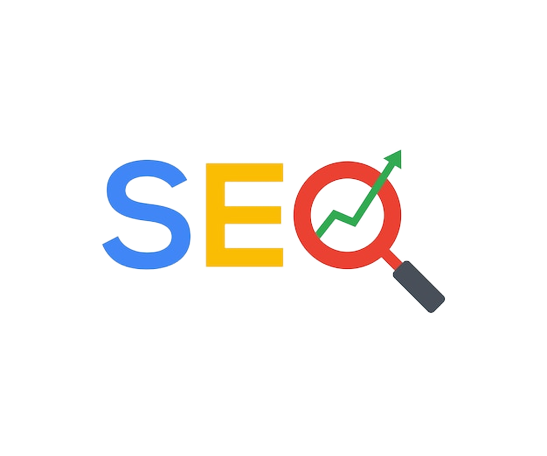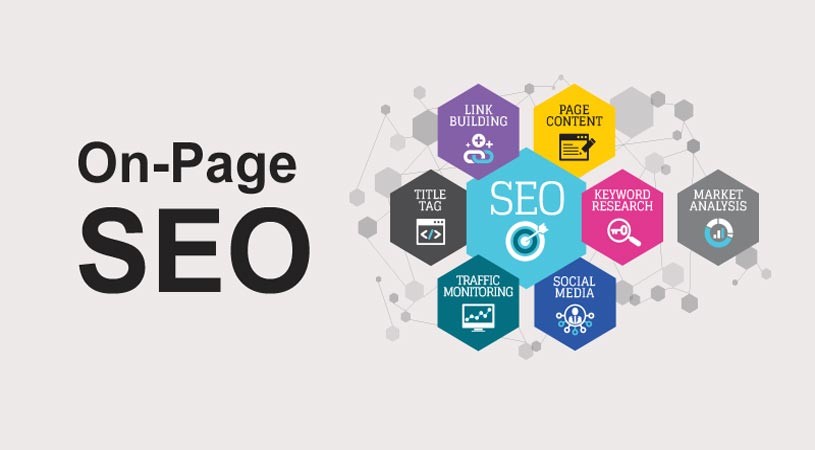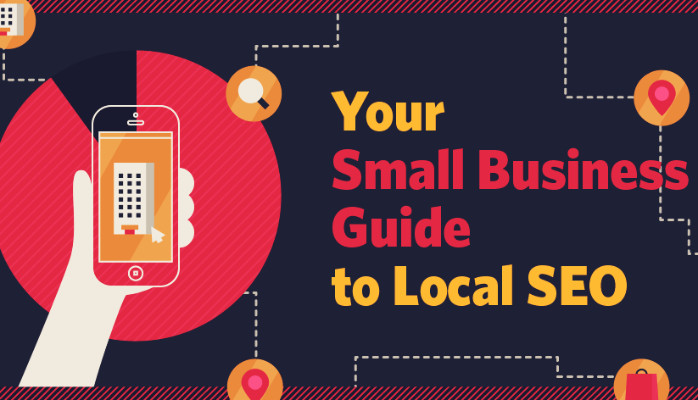In the ever-evolving world of digital marketing, on-page SEO remains a critical component of improving your website’s visibility and user experience.
Understanding and implementing on-page SEO best practices can make a significant difference in how your web pages rank on search engine results pages (SERPs).
In this article, we’ll explore the top on-page SEO strategies to help you boost your website’s performance.
Keyword Research and Optimization
- Start with Thorough Research: Begin by conducting keyword research to identify relevant and high-traffic keywords in your niche.
- Strategic Placement: Integrate these keywords naturally into your content, including in titles, headings, and throughout the body. But remember, avoid keyword stuffing.
- Long-Tail Keywords: Don’t forget to target long-tail keywords for more specific and less competitive opportunities.
High-Quality Content
- Valuable and Informative: Create content that adds value to your audience. Ensure it’s informative, engaging, and addresses the needs of your readers.
- Unique Content: Avoid duplicate content issues by ensuring that each page on your website offers unique and original content.
- Regular Updates: Keep your content fresh and up-to-date to maintain its relevance.
User-Friendly URL Structures
- Clean URLs: Use descriptive and clean URLs that provide an idea of the page’s content.
- Keyword Inclusion: If possible, include the target keyword in the URL to improve SEO.
Meta Tags Optimization
- Title Tags: Craft compelling and concise title tags that include the primary keyword and encourage clicks.
- Meta Descriptions: Write informative and enticing meta descriptions to increase click-through rates (CTR).
Header Tags (H1, H2, H3, etc.)
- Logical Hierarchy: Use header tags to structure your content logically. H1 for the main title, H2 for subsections, and so on.
- Keyword Usage: Include keywords in relevant header tags to signal the content’s structure to search engines.
Image Optimization
- Image Alt Text: Always include descriptive alt text for images, helping search engines understand their content.
- File Sizes: Optimize image file sizes to improve page loading speed.
Internal Linking
- Connect Related Content: Use internal links to connect related articles and pages within your website.
- Navigation: Make sure your site’s navigation is intuitive and user-friendly.
Mobile Optimization
- Responsive Design: Ensure your website is mobile-responsive, as Google prioritizes mobile-friendly sites in its rankings.
- Mobile-First Indexing: Keep in mind that Google primarily indexes the mobile version of your site.
Page Loading Speed
- Fast Loading: Optimize your website’s loading speed. Compress images, leverage browser caching, and minimize code to enhance user experience.
Secure HTTPS
- Security Matters: Switch to HTTPS to ensure secure and encrypted connections, which is also a ranking factor for Google.
Conclusion
Mastering on-page SEO is crucial for improving your website’s search engine rankings, attracting organic traffic, and enhancing the overall user experience.
By following these best practices, you can create web pages that not only perform well in search results but also provide value to your visitors.
Keep in mind that SEO is an ongoing process, and regularly revisiting and optimizing your on-page elements is key to long-term success in the digital landscape.




